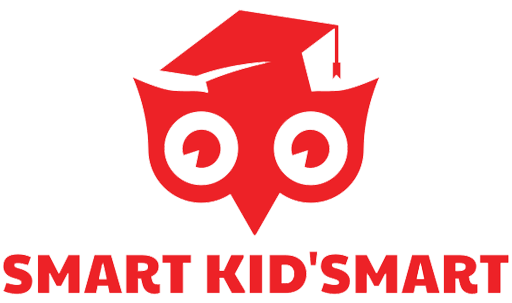Introduction
In a world increasingly driven by technology and innovation, STEM (Science, Technology, Engineering, and Mathematics) education stands out as a vital component of comprehensive learning. Introducing STEM concepts at an early age is more than an educational trend; it's a necessity to equip the next generation with the skills required to navigate and excel in a complex future. By sparking curiosity and enthusiasm for these fields from the start, we lay the groundwork for continuous learning and adaptation.
Understanding STEM Education
STEM education is a holistic approach that melds the critical areas of science, technology, engineering, and mathematics. It's an immersive learning experience that goes beyond traditional classroom activities, encouraging students to engage in hands-on, exploratory learning. STEM aims to foster a robust set of cognitive and practical skills, including analytical thinking, creativity, curiosity, problem-solving, and the ability to work collaboratively. These skills are crucial not only in specific career paths but in understanding and interacting with the world.
The Benefits of Early STEM Learning
The introduction of STEM disciplines early in a child's educational journey offers multifaceted benefits. Cognitively, it promotes structured thinking and problem-solving abilities. Emotionally, it encourages resilience and persistence by facing challenges and learning from failures. Socially, it fosters teamwork and communication skills as children work together on projects and experiments. Additionally, early exposure to these subjects helps to mitigate biases and build confidence, particularly in young girls and underrepresented groups in these fields.
Incorporating STEM into Early Childhood Play
To effectively integrate STEM into early childhood, one must consider the natural curiosity and playfulness of young learners. Engaging them with age-appropriate, hands-on STEM activities can spark a lifelong interest in these subjects. Consider: Enhanced Building Blocks, Interactive Science Kits, Outdoor Scientific Exploration, and Mathematical Storytelling.
Challenges and Considerations
Incorporating STEM into early childhood education is a rewarding endeavor, yet it comes with its set of challenges. It requires resources, time, and often a shift in traditional teaching methodologies. Educators and parents might feel intimidated by the subjects or unsure about how to present complex concepts in an age-appropriate manner. However, the key is to start small, use available resources, and learn alongside the children. Community involvement, continuous learning opportunities, and a willingness to experiment can significantly diminish these barriers.
Conclusion
As we look towards a future where technology and innovation play critical roles, the importance of STEM education from an early age cannot be overstated. By integrating these disciplines into early childhood learning, we're not just preparing our children for school; we're preparing them for life. Each step taken in understanding a math problem, each moment of wonder in a science experiment, and each design they imagine and create, builds a foundation for a lifetime of learning and innovation. Let's embrace the journey of STEM education and watch our children grow into the problem solvers, creators, and leaders of tomorrow.

